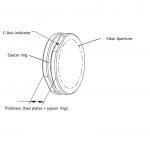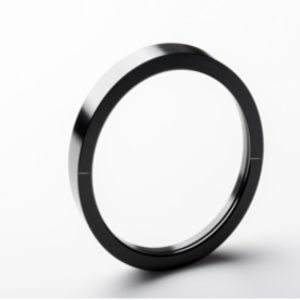
Joel Kramer
Friday, 9 March, 2018
Advantages of Air-gapped waveplates
Tuesday, 1 May, 2018“What? I thought polarization meant one direction of light vibration! How can it be circular?”
Light is a transverse vibration, like the vibrations wiggling down a guitar string, as opposed to the longitudinal vibrations pushing their way down a trumpet. Those transverse vibrations can be chaotic (unpolarized), can be confined to a plane (linear polarization), or can make regular orbits like a jumprope. Those orbits can be elliptical or, if equal in all directions, circular. This is called circular polarization. Circular polarization comes in two flavors – left-hand and right-hand. So why would anyone want a circular polarizer? We know that linear polarization affects the reflection and transmission of light differently according to its orientation. That’s why polarized sunglasses are so effective in reducing glare and reflections from windshields and water. But sometimes we want to have exactly the same behavior in any orientation. And a circle is a circle no matter how you turn it. When an industrial laser robot cuts metal, we want the cut to have the same width in all directions. When it drills a hole, we want the hole to be round. When it welds, the weld should have the same strength no matter which direction the robot is pointed or moving. When a surgeon sends a beam down an articulated arm to do delicate surgery, she wants to know she’s always applying the right power. Even at the gas pump or using a cellphone, you want to be able to see the display while wearing your
polarized sunglasses no matter how you look at it. These are just a few of the many uses of circular polarizers.
Tower Optical designs and makes precision circular polarizing filters to fit your needs. Contact one of our sales engineers.



